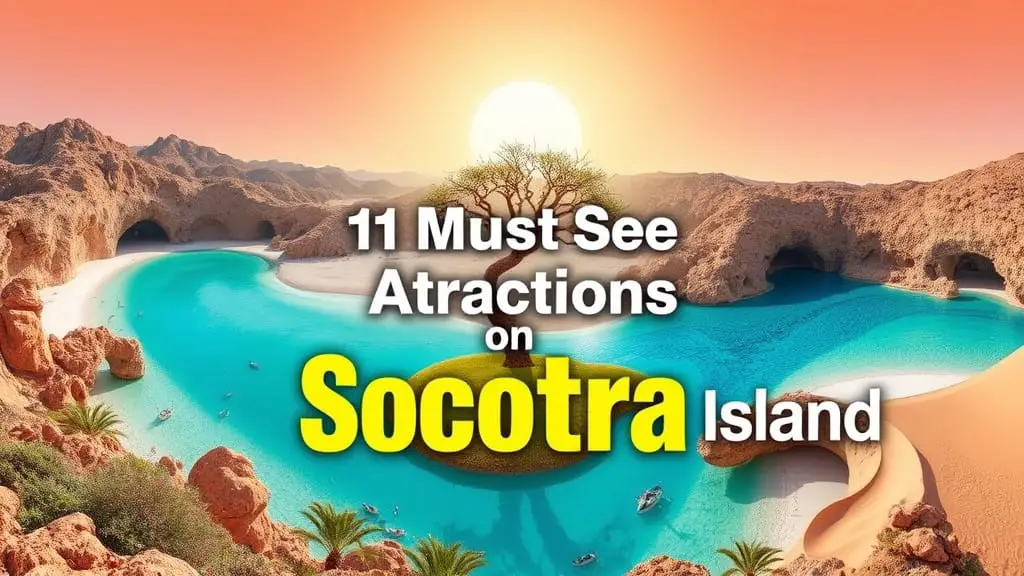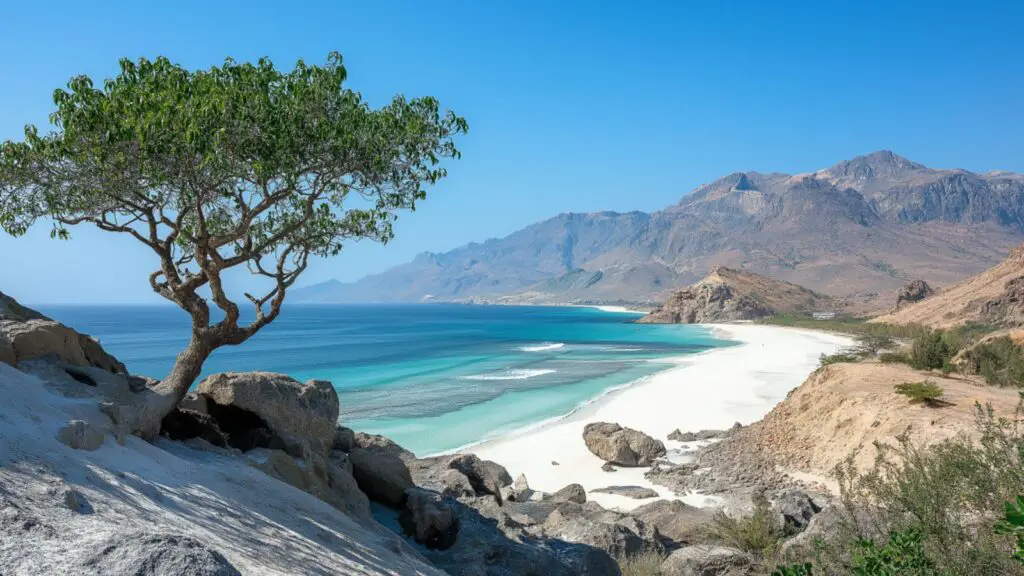Exploring Socotra Island: Discover Yemen’s Remote Paradise of Biodiversity
Table of Contents
Introduction
Tucked away in the Arabian Sea, Socotra Island is unlike any other place on Earth. Often described as the “Galápagos of the Indian Ocean,” this remote Yemeni archipelago is home to otherworldly landscapes, endemic species, and an ancient culture relatively untouched by mass tourism.
In recent years, intrepid travelers and nature enthusiasts have increasingly sought out Socotra for its raw beauty, rare flora and fauna, and serene isolation. In fact, nearly 37% of Socotra’s plant species are found nowhere else in the world, making it a must-visit for eco-tourists and conservation-minded adventurers.
This guide will walk you through everything you need to know about exploring Socotra Island—from its unique biodiversity and dramatic landscapes to travel logistics and cultural highlights. Whether you’re planning your next off-the-beaten-path escape or simply curious about one of the world’s most isolated islands, this post offers a deep dive into Yemen’s hidden natural gem.
Outline
1. Why Visit Socotra Island?
- One of the most biodiverse places on the planet.
- Offers untouched beaches, caves, and unique wildlife.
- Ideal for eco-tourism, hiking, camping, and photography.
- Limited tourism ensures a raw, authentic experience.
Table: What Makes Socotra Unique
| Feature | Description |
| Biodiversity | 700+ endemic species of plants and animals |
| Limited Development | No commercial resorts or crowds |
| UNESCO World Heritage | Protected for its environmental significance |
| Remote Access | Accessible by limited charter flights or sea routes |
2. Getting to Socotra
- Flights typically operate from Cairo or Abu Dhabi to Hadibu.
- Travel permits may be required depending on political climate.
- Best visited with a local guide or tour operator.
3. Top Natural Attractions
Dragon’s Blood Trees (Dracaena cinnabari)
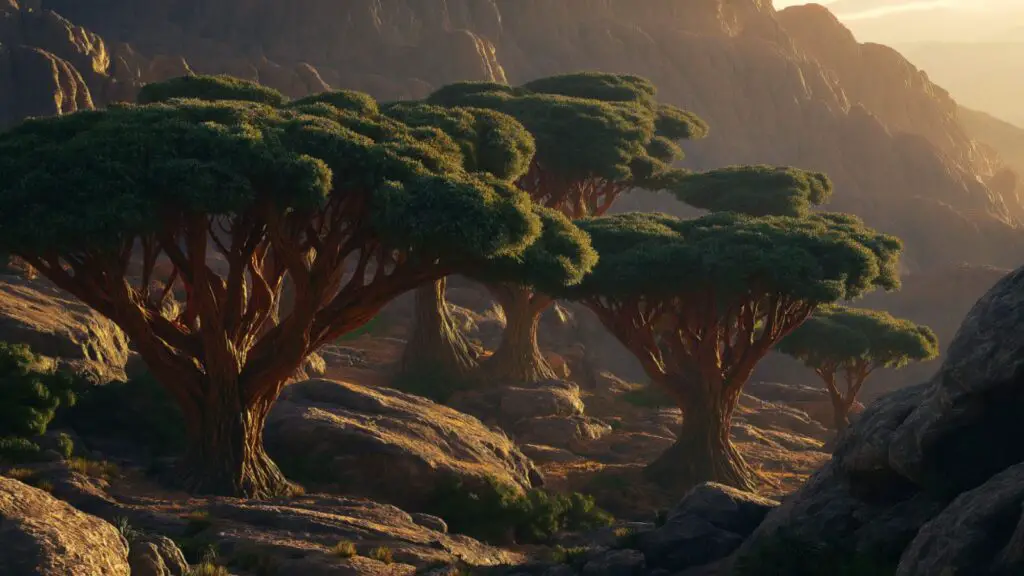
- Iconic umbrella-shaped trees native only to Socotra.
- Found mainly in the Dixam Plateau.
Homhil Protected Area
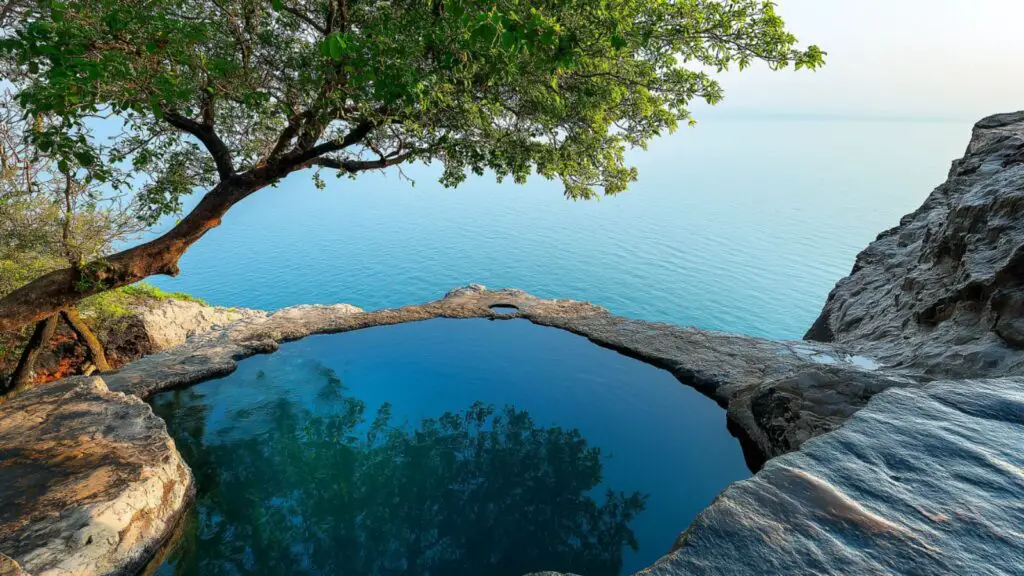
- Natural pools with ocean views.
- Great hiking and endemic plant viewing.
Qalansiya Beach & Detwah Lagoon
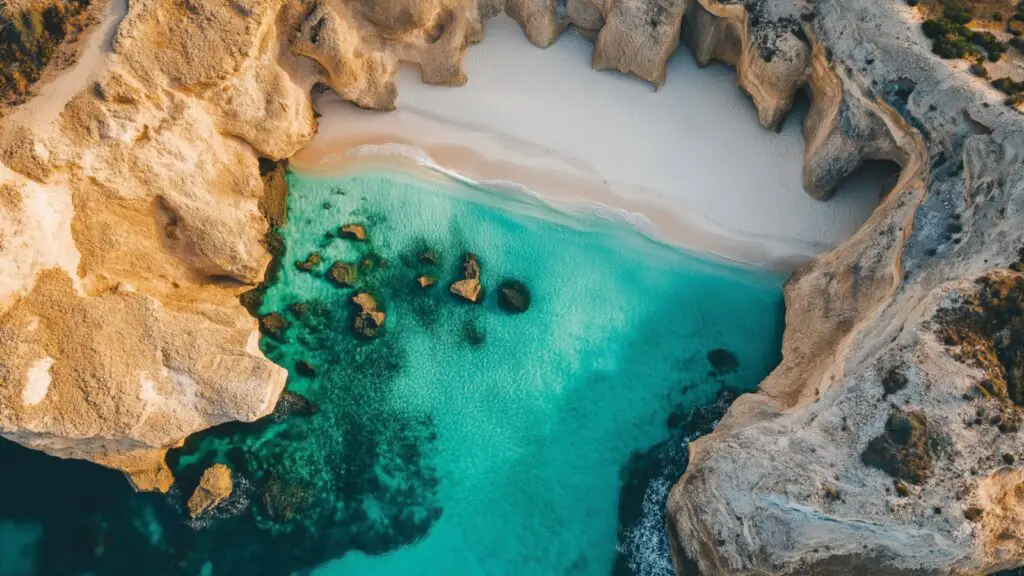
- Crystal-clear waters, white sand, and dramatic cliffs.
- Excellent for swimming, kayaking, and beach camping.
Table: Top Socotra Attractions & Activities
| Location | Highlight | Best For |
| Dixam Plateau | Dragon’s Blood trees | Photography, hiking |
| Detwah Lagoon | Marine life, lagoon camping | Relaxation, snorkeling |
| Hoq Cave | 3km-long limestone cave | Caving, geology exploration |
| Arher Dunes | Giant dunes beside turquoise sea | Camping, dune climbing |
4. Unique Flora and Fauna

- Endemic species: over 300 plant species found nowhere else.
- Dragon’s Blood trees produce red resin used for dyes and medicine.
- Socotra Starling and Egyptian Vulture among rare birds.
- Marine life includes pristine coral reefs and dolphins.
5. Local Culture and Way of Life
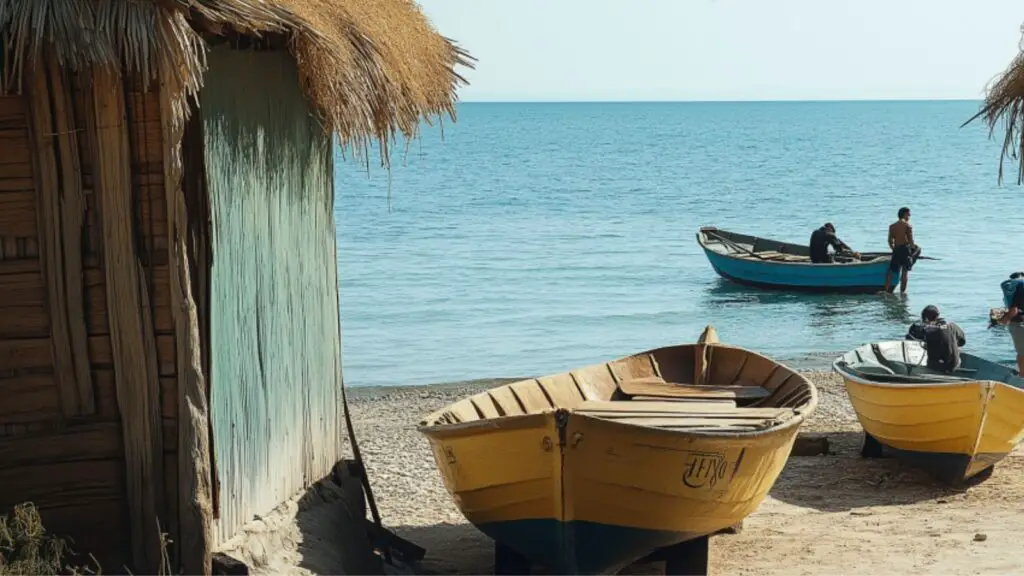
- Inhabited by about 50,000 people with distinct Socotri language.
- Fishing, herding, and date farming are traditional livelihoods.
- Cultural values emphasize simplicity, family, and nature.
6. Travel Logistics and Sustainability
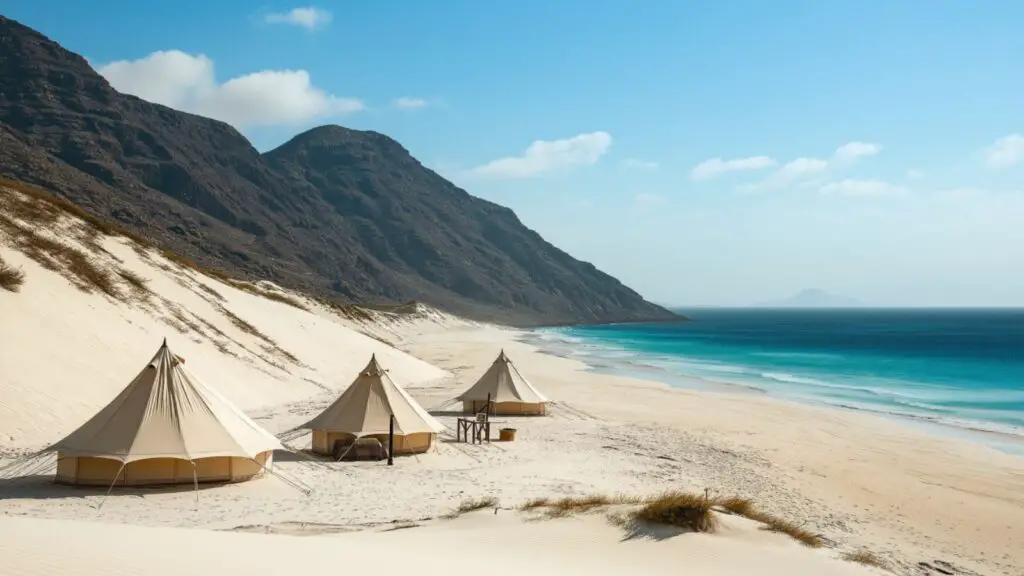
- No luxury resorts: expect wild camping or basic eco-lodges.
- Bring cash; no ATMs or reliable internet.
- Respect local customs and conserve natural resources.
- Pack essentials: water filter, solar charger, and reef-safe sunscreen.
7. Best Time to Visit Socotra
- October to April: dry season, mild temperatures, best for outdoor activities.
- Avoid monsoon season (May–September) due to strong winds and isolation.
Table: Socotra Travel Month-by-Month
| Month | Weather Conditions | Travel Notes |
| Jan–Apr | Dry, pleasant temps | Peak season for visitors |
| May–Sep | Monsoon winds | Many tours paused, limited access |
| Oct–Dec | Calm, green landscapes | Good for hiking and photography |
8. Sample 7-Day Itinerary
- Day 1: Arrival in Hadibu, settle in eco-camp.
- Day 2: Visit Homhil, hike to infinity pools.
- Day 3: Explore Hoq Cave and Arher Dunes.
- Day 4: Dixam Plateau and Dragon’s Blood trees.
- Day 5: Qalansiya Beach and Detwah Lagoon.
- Day 6: Boat ride to Shuab Beach, dolphin watching.
- Day 7: Return to Hadibu, fly out.
Detailed Content Expansion
3. Top Natural Attractions
Socotra’s landscapes are as surreal as they are varied—from windswept dunes and limestone caves to salt flats and coral lagoons. The island’s limited development means these attractions are largely untouched, offering travelers a rare window into Earth’s raw beauty.
Dixam Plateau and Dragon’s Blood Trees
Perhaps the most iconic image of Socotra is the Dragon’s Blood Tree, an umbrella-shaped tree with thick canopy branches and red sap believed to have healing properties. Found mainly on the Dixam Plateau, these trees look like they belong in a sci-fi film.
Hiking here is relatively moderate, and the views of canyons and valleys below are spectacular. This area also provides habitat for other endemic plants and birds. Visiting during sunrise or sunset offers stunning light for photography.
Detwah Lagoon and Qalansiya Beach
On the western side of the island lies Qalansiya Beach, a long stretch of powdery white sand bordering turquoise water. Nearby is Detwah Lagoon, a UNESCO-protected site home to stingrays, crabs, and rare bird species. Visitors often camp along the shore, falling asleep to the sound of waves.
Kayaking, snorkeling, and beach walks are popular here, and you’ll likely see local fishermen casting nets or offering boat rides to nearby Shuab Beach, accessible only by sea.
Table: Recommended Natural Attractions
| Attraction | Unique Feature | Suggested Activity |
| Hoq Cave | 3km of limestone stalactites | Guided exploration with lights |
| Arher Dunes | White sand dunes over 150m tall | Sandboarding, sunset viewing |
| Homhil Area | Natural pools, diverse plant life | Hiking, swimming, bird-watching |
| Shuab Beach | Pristine waters, dolphin spotting | Boat tours, picnicking |
6. Travel Logistics and Sustainability
Visiting Socotra requires more planning than a typical island getaway, but the reward is a deeply immersive experience. Due to its remoteness and political situation, logistics are best handled through licensed local tour operators, many of whom offer all-inclusive packages covering transport, food, and guides.
Accommodation
There are no five-star resorts here. Most travelers stay in eco-camps or basic homestays, and many opt for wild camping at designated sites along beaches or mountains. Tents and bedding are typically provided by your guide.
Currency and Connectivity
There are no ATMs on the island, and credit cards are not accepted. Bring enough cash in USD or Euros before you arrive. Mobile signal is patchy, and there is virtually no Wi-Fi. This is a rare chance to disconnect and immerse yourself in nature.
Eco-Friendly Travel Tips
- Use reef-safe sunscreen to protect marine life.
- Bring a reusable water bottle and purifier—plastic waste is a major issue.
- Avoid touching or collecting plants and shells.
- Dress modestly and respect local customs, especially in villages.
Table: Socotra Packing Essentials
| Item | Why You Need It |
| Quick-dry clothing | For hikes and beach activities |
| Sturdy hiking shoes | Uneven terrain in caves and mountains |
| Water filter or tablets | Limited access to bottled water |
| Solar charger | Electricity is limited in remote areas |
| First aid kit | No major hospitals on the island |
Conclusion
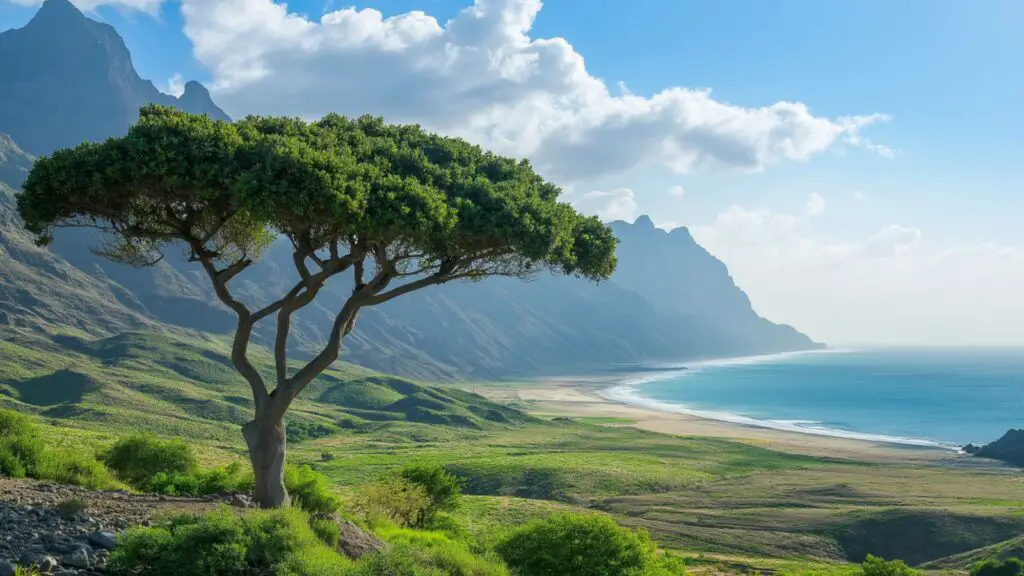
Socotra Island remains one of the last frontiers for truly off-the-grid travel. From alien-like trees and secluded beaches to warm local hospitality and otherworldly biodiversity, it offers a rare glimpse into a world unspoiled by mass tourism.
With proper planning, a sense of adventure, and respect for its fragile environment, exploring Socotra becomes not just a journey—but a once-in-a-lifetime encounter with nature in its purest form. For travelers who crave meaning, wonder, and authenticity, Yemen’s hidden gem awaits.

